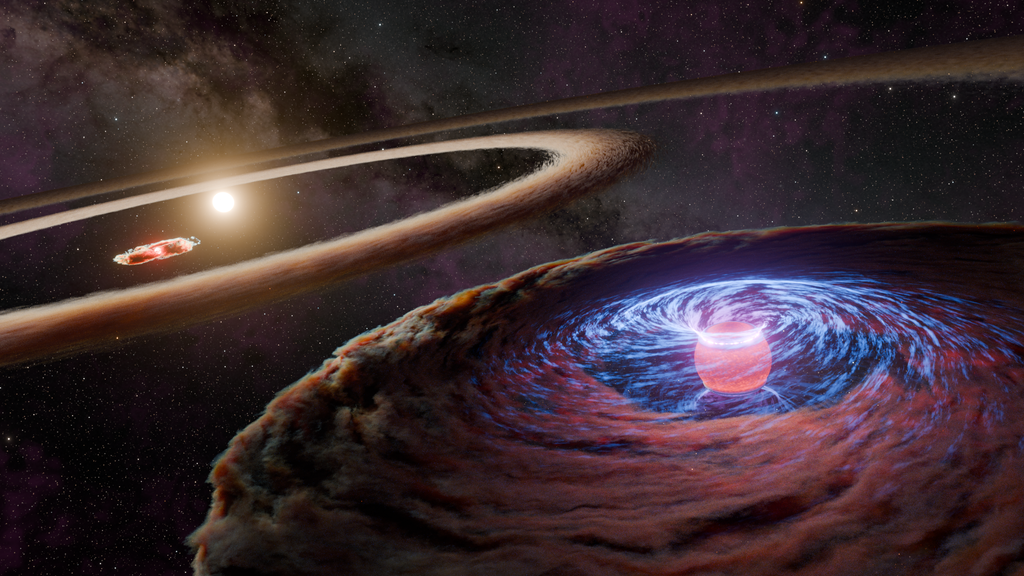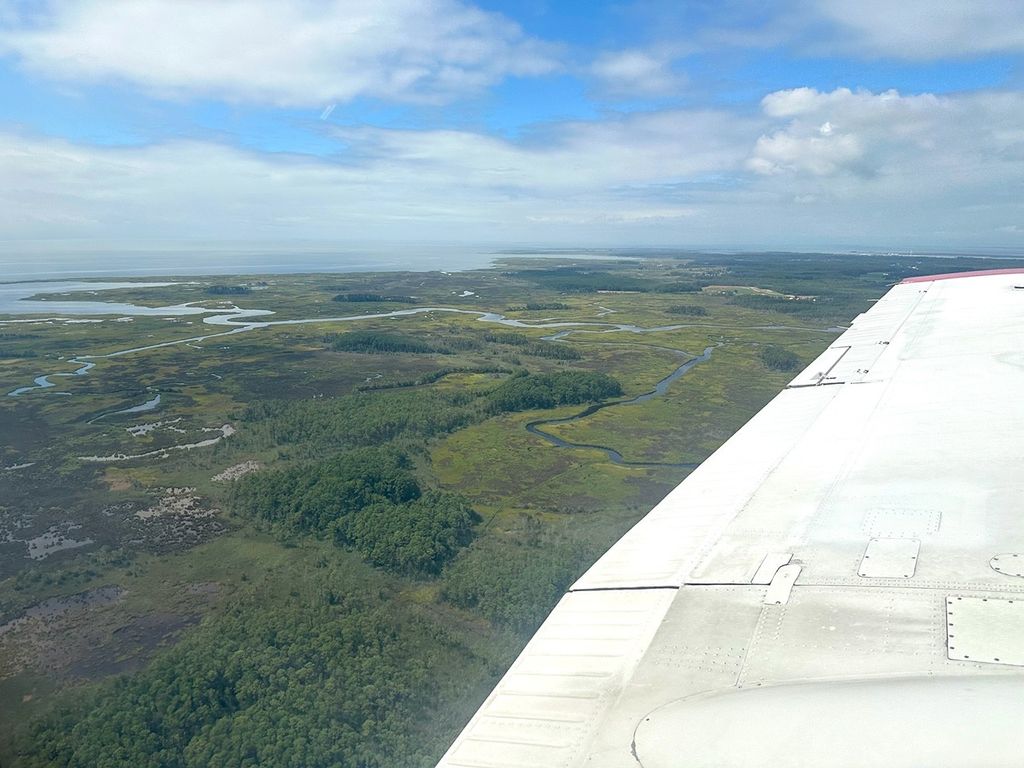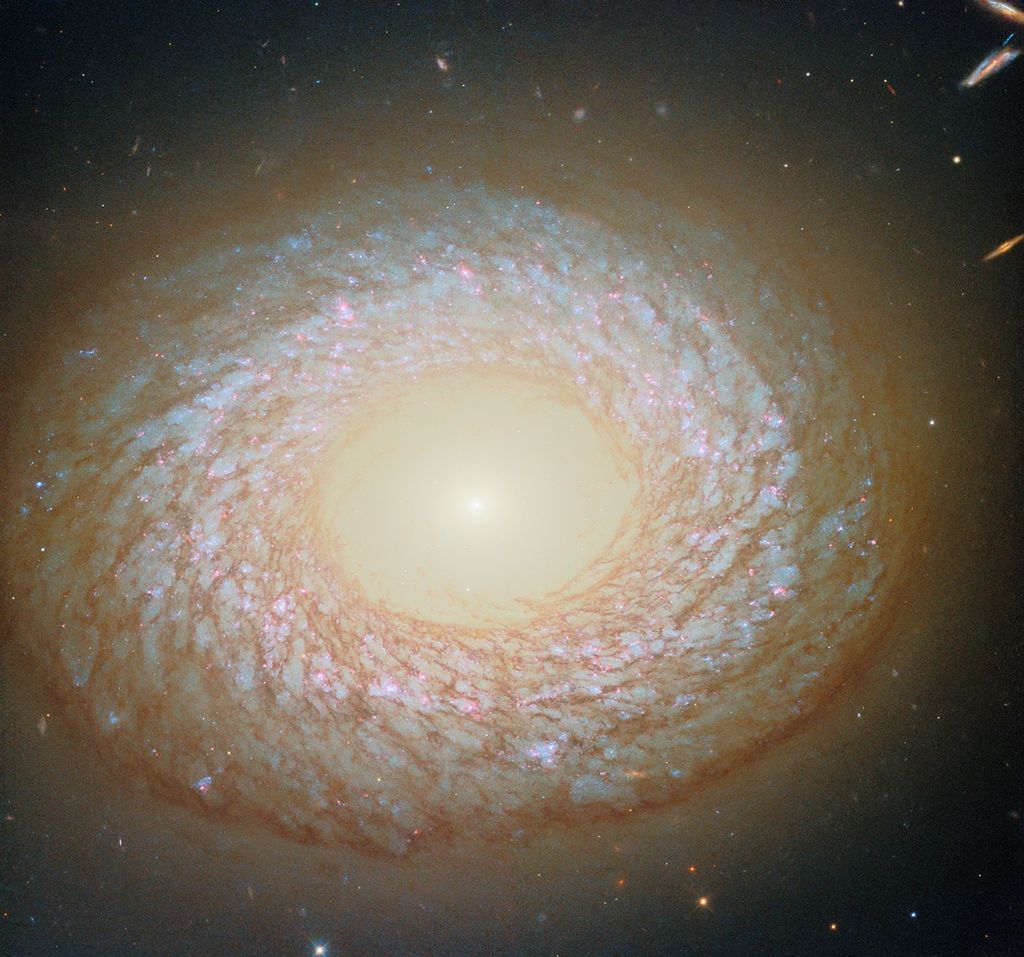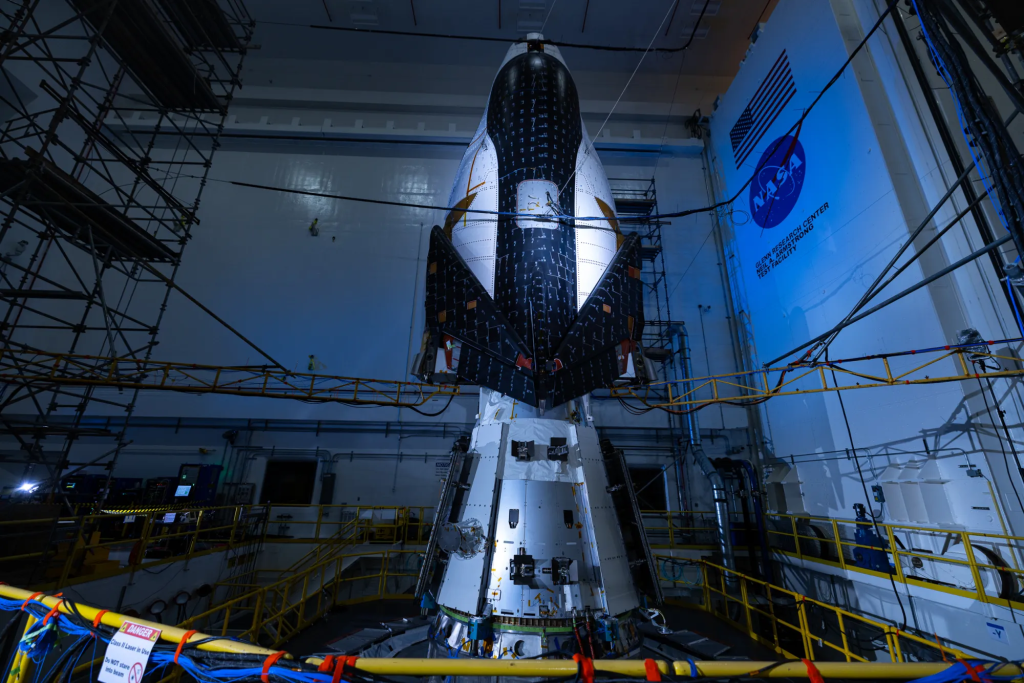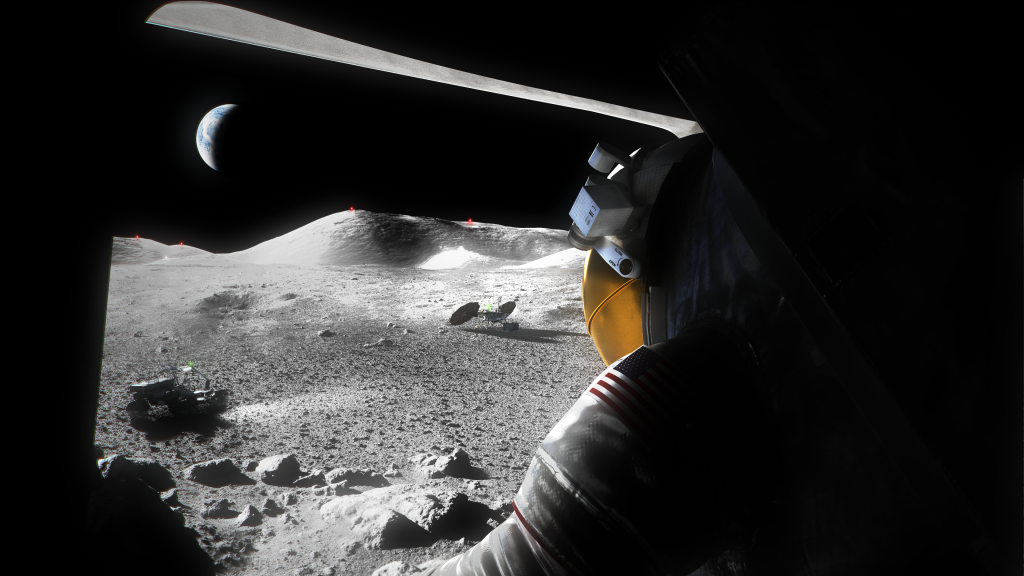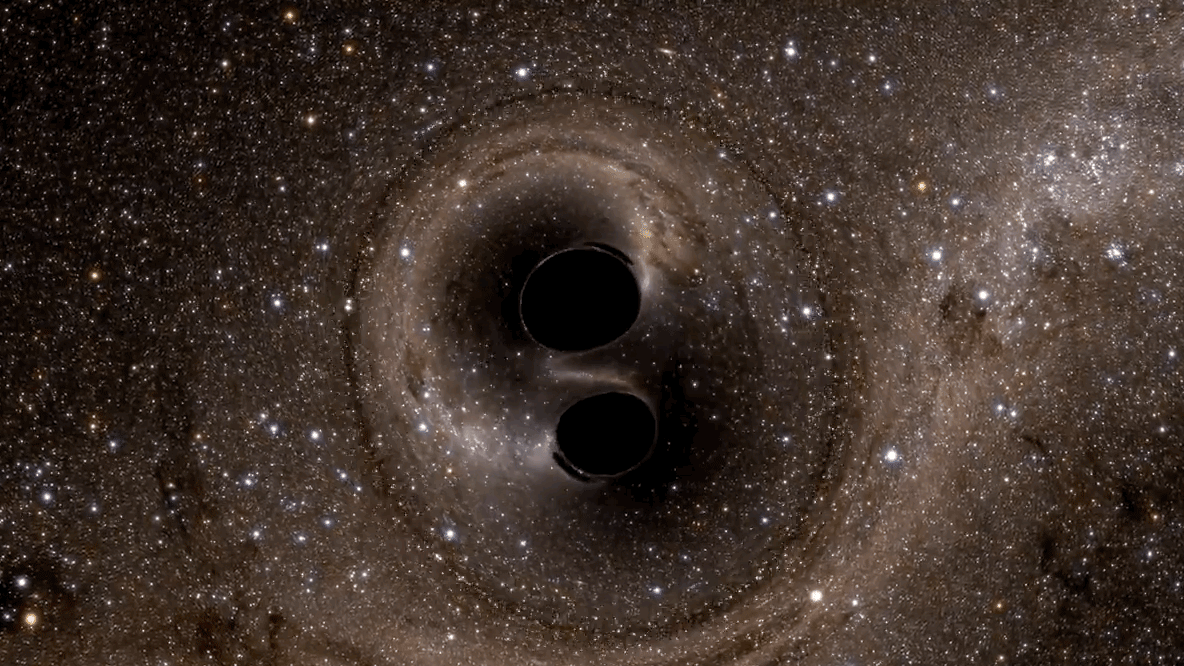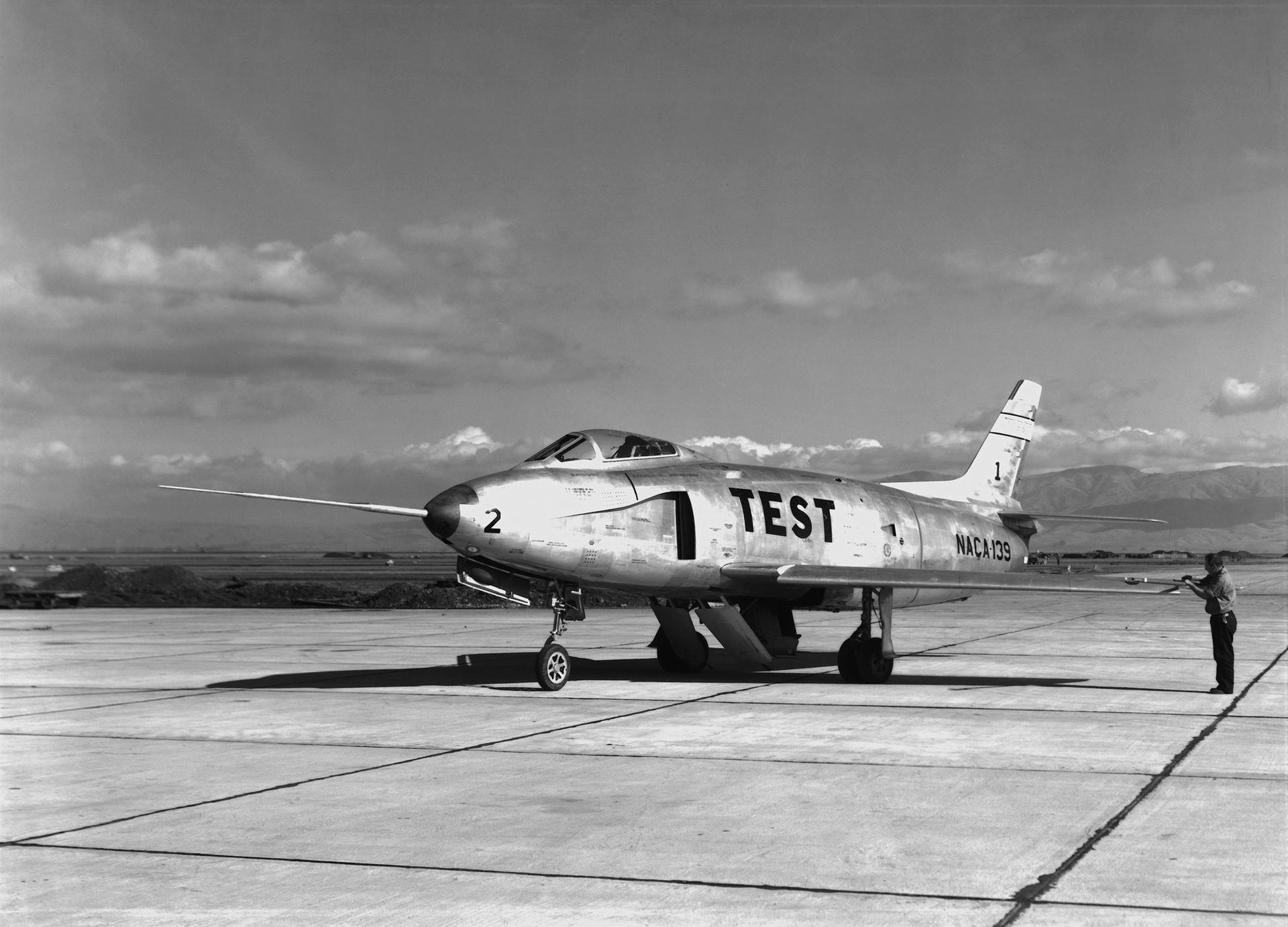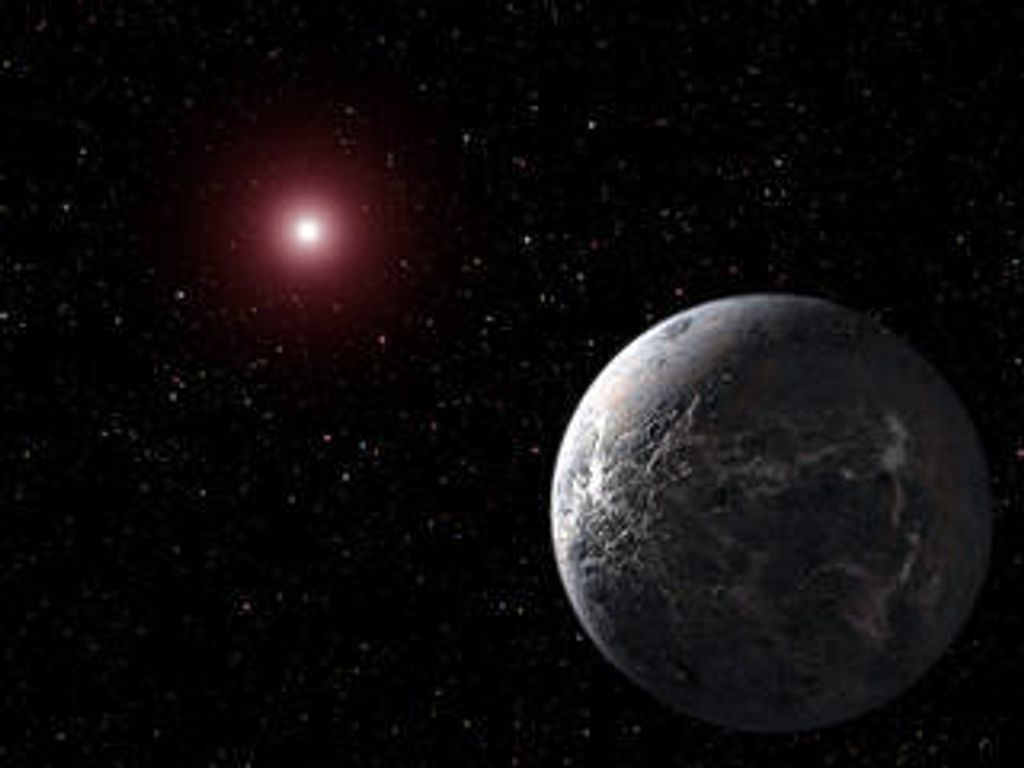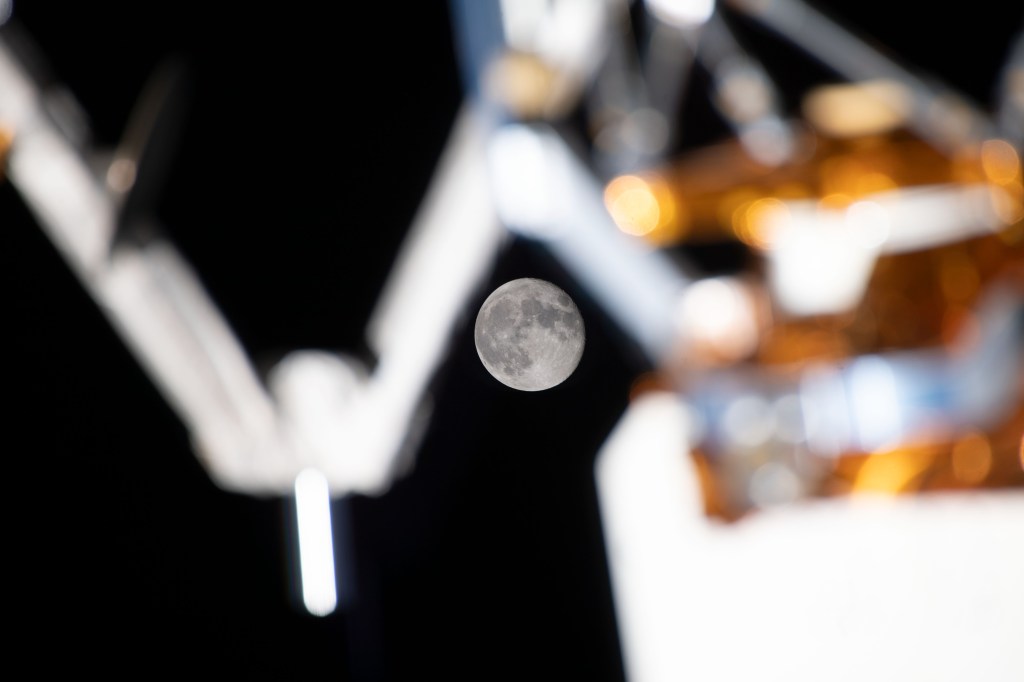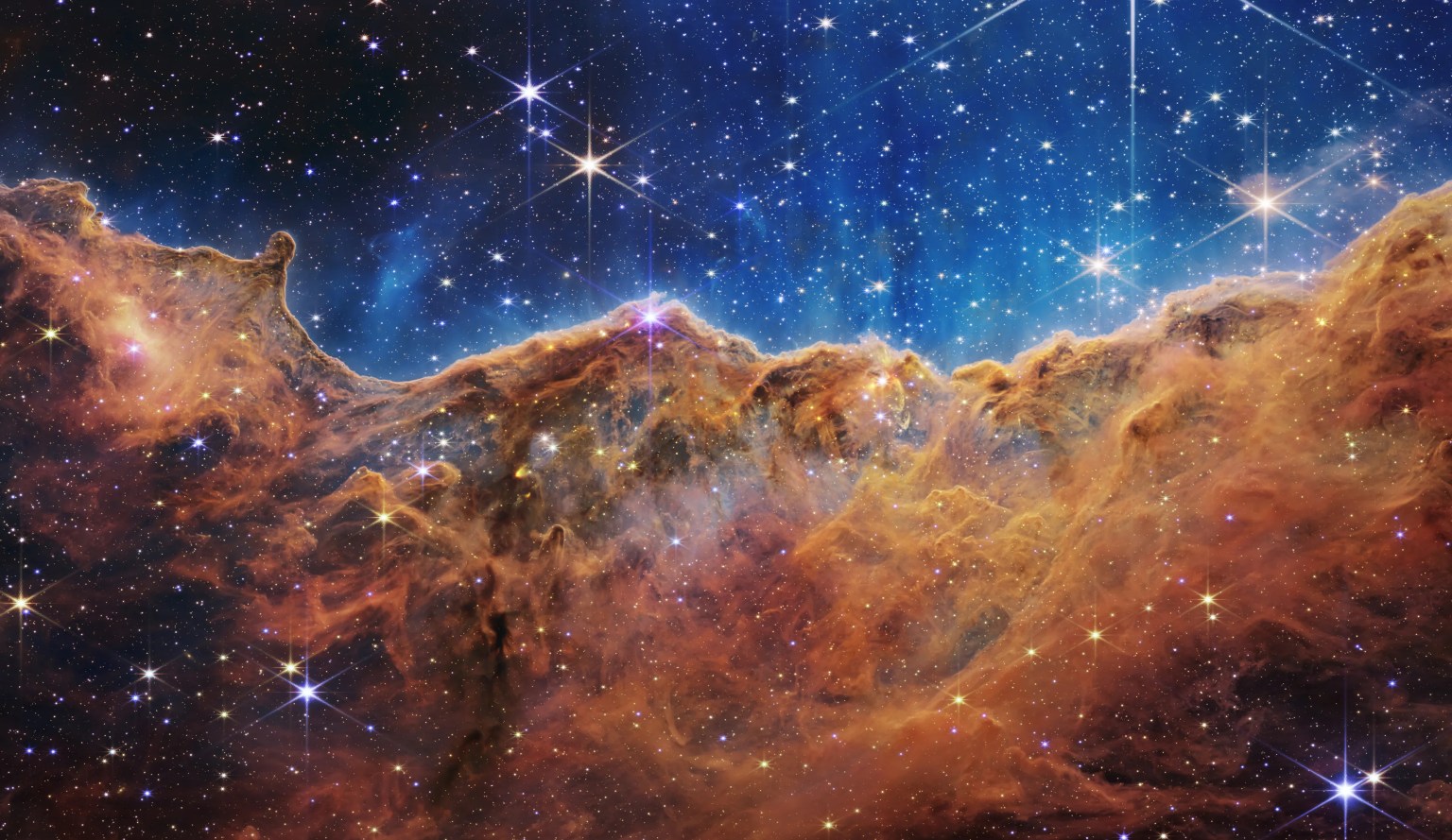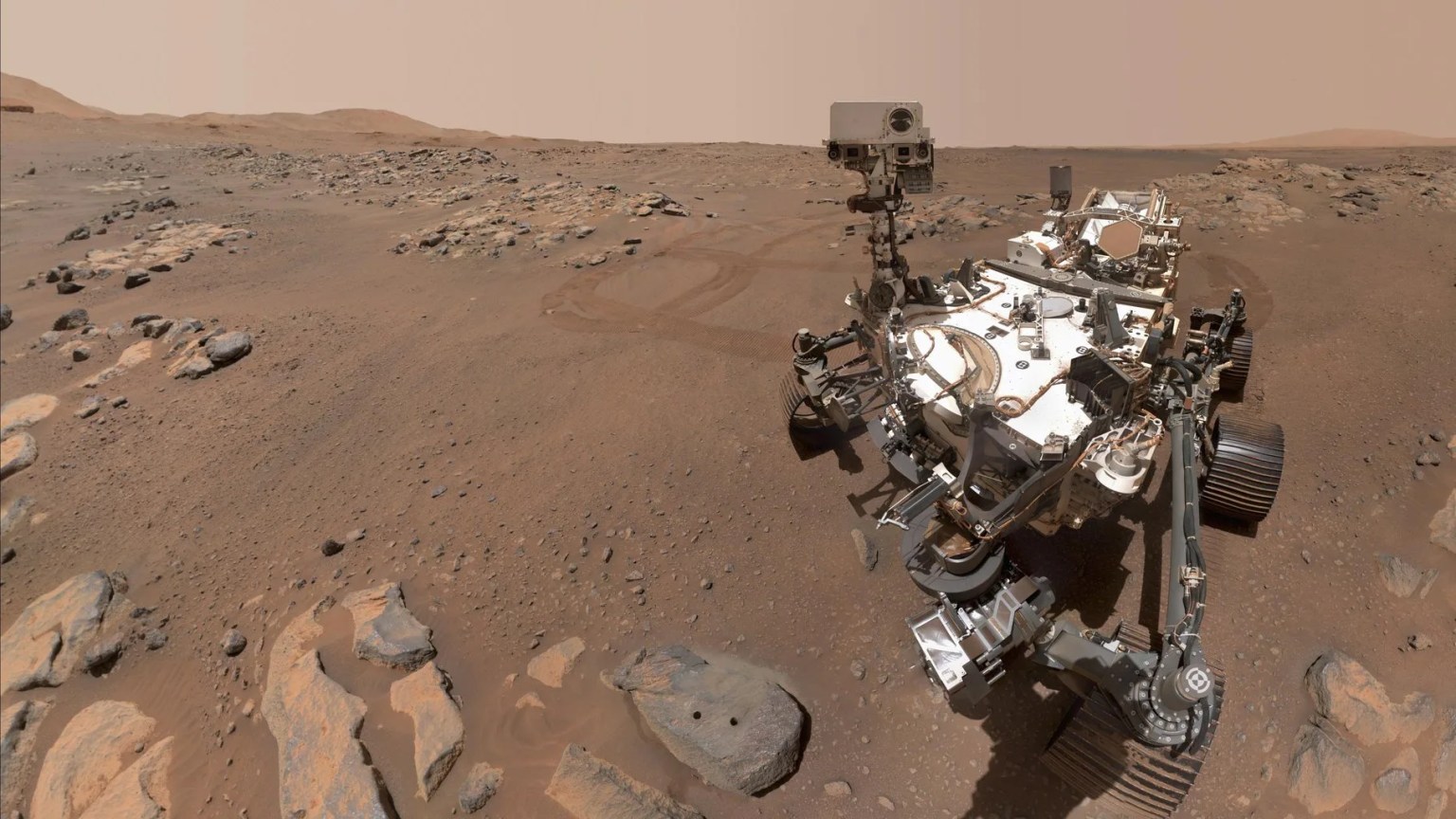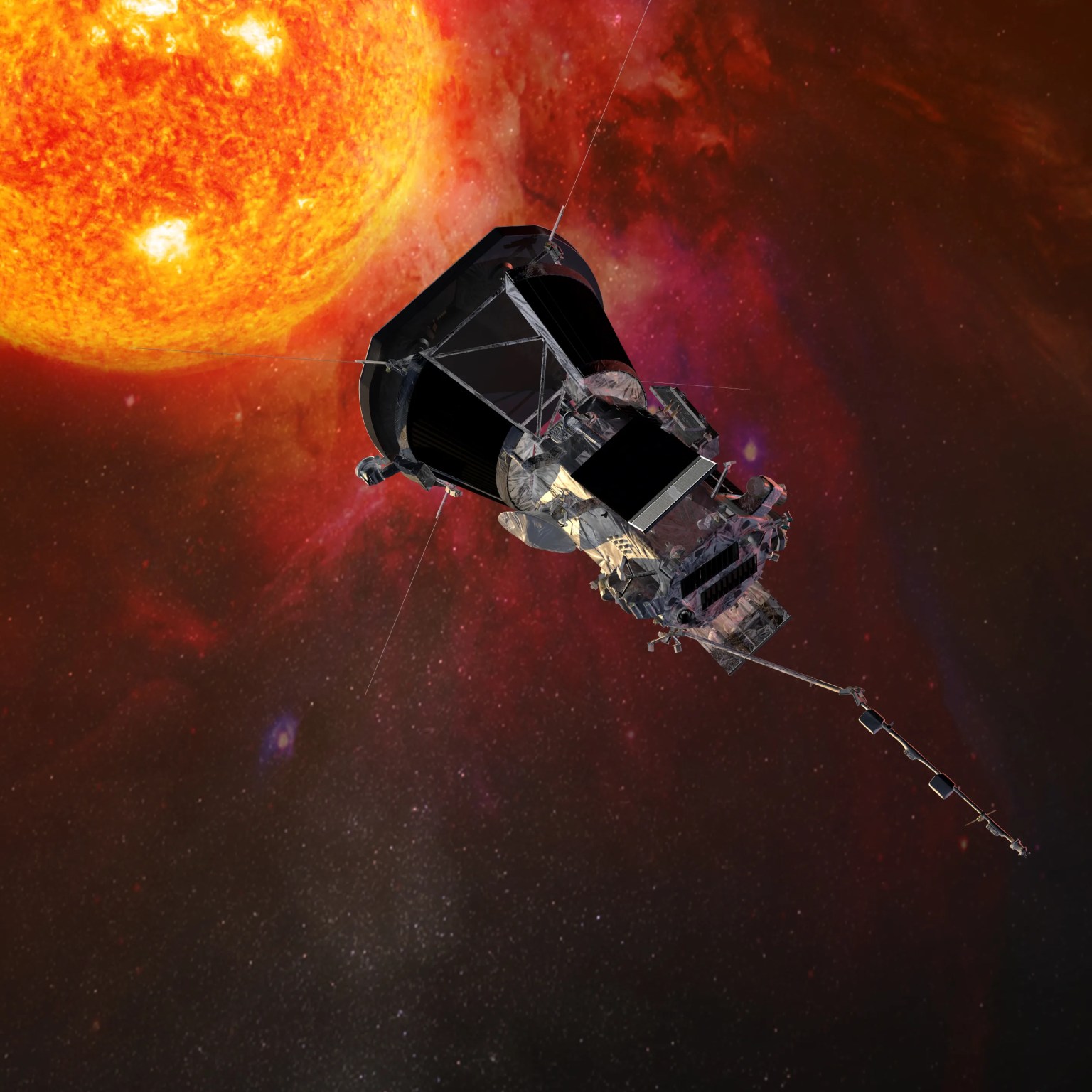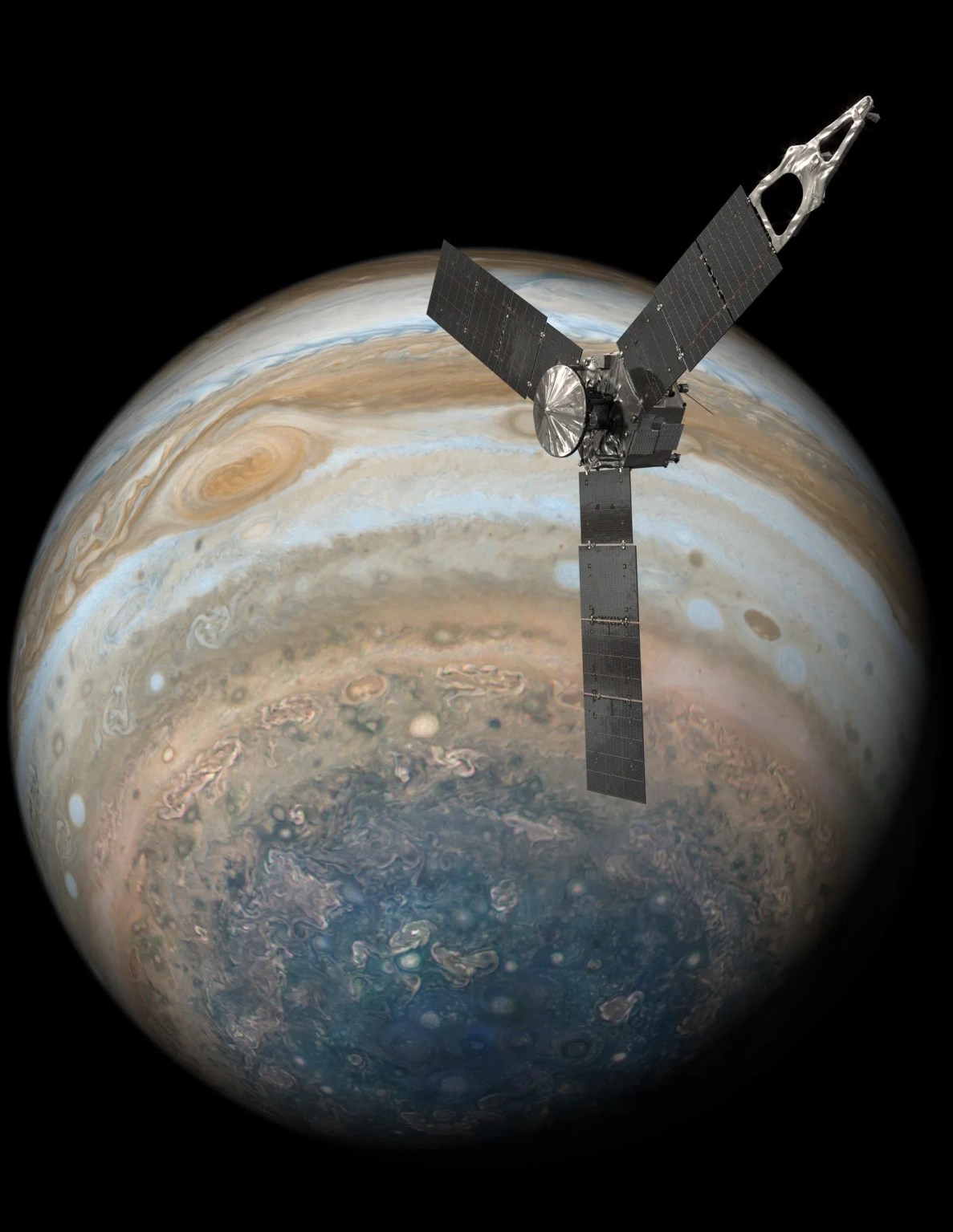ROSES-21 Blog
On December 8, 2021 NASA’s Earth Science Division (ESD) released program element A.49 Earth Science Applications: Equity and Environmental Justice (EEJ), soliciting proposals to advance progress on equity and environmental justice (EEJ) domestically through the application of Earth science, geospatial,…
The objective of ROSES-2021 program element C.30 the OSIRIS-REx Sample Analysis Participating Scientist Program (ORSA-PSP) is to enhance the scientific return during the sample analysis operational phase of the OSIRIS-REx mission by expanding participation in the mission through new investigations…
The objective of C.30 the OSIRIS-REx Sample Analysis Participating Scientist Program (ORSA-PSP) is to enhance the scientific return during the sample analysis operational phase of the OSIRIS-REx mission by expanding participation in the mission through new investigations that broaden and/or…
Program element C.17 Planetary Major Equipment and Facilities (PMEF) Program allows proposers to participating programs supported by the Planetary Science Division to append a request to acquire or develop instrumentation to support the PI’s research. ROSES-2021 Amendment 65 announces that…
Amendment 64 releases for community comment draft text of Preparatory Science Investigations for Europa, to be released in its final form in ROSES-2022. When it is solicited, the goal of Preparatory Science Investigations for Europa (PSIE) will be to further…
C.16 Laboratory Analysis of Returned Samples (LARS) solicits (among other things) proposals to conduct analytical studies of astromaterials already returned by planetary missions. Samples must be publicly available at least 30 days prior to the submission of a LARS proposal.…
The Citizen Science Seed Funding Program (CSSFP; F.9 of ROSES-2021) aims to incubate citizen science projects as they are being conceived or during critical transitions, like the year when they are first launched or beta tested (i.e., when the first…
B.2 Heliophysics Supporting Research (H-SR) solicits science investigations that must include an element of a) theory, numerical simulation, or modeling, and an element of b) data analysis and interpretation of current or historical NASA-spacecraft observations, and c) should address the…
When it is solicited, Nancy Grace Roman Space Telescope Research and Support Opportunities will seek proposals aimed at supporting the progress of and exploiting the scientific and technical data from the Nancy Grace Roman Space Telescope (http://roman.gsfc.nasa.gov/). ROSES-2021 Amendment 61…
The objective of C.30 the OSIRIS-REx Sample Analysis Participating Scientist Program (ORSA-PSP) is to enhance the scientific return during the sample analysis operational phase of the OSIRIS-REx mission by expanding participation in the mission through new investigations that broaden and/or…
This program element, E.9 Space Biology: Plant Studies, specifically solicits proposals for investigations that characterize how plants respond to stressors in spaceflight or spaceflight-like environments. In general, the Space Biology Program focuses on research that will increase NASA’s understanding of…
This new program element, E.11 Space Biology: Animal Studies, specifically solicits proposals for investigations that characterize how animals respond to stressors in spaceflight or spaceflight-like environments. In general, the Space Biology Program focuses on research that will increase NASA’s understanding…
Program element C.17 the Planetary Science Enabling Facilities (PSEF) Program allows proposals for experimental and analytical facilities to be made available to the community that does research under the programs supported by the Planetary Science Division in the Science Mission…
NASA put out a Request for Information (RFI) in July, 2021 (Increasing Participation of Minority Serving Institutions in NASA Earth Science Surface-Based Measurement Networks, NNH21ZDA016L (see https://go.nasa.gov/3cCD9Xn) to gather input from the MSI community about its potential interest in participating…
This new program element in ROSES solicits proposals for investigations leading to increased understanding of Earth system predictability and increased predictive skill of hydrometeorological processes and quantities at subseasonal-to-seasonal (S2S) time scales. Investigations are expected to employ NASA and other…
The focus of C.29 Analog Activities to Support Artemis Lunar Operations: Desert RATS 2022 field campaign is on supporting high-fidelity science operations and operations constraints through planetary field campaigns, specifically the Desert Research and Technology Studies (D-RATS) 2022 field campaign.…
The Japan Aerospace Exploration Agency (JAXA) X-Ray Imaging and Spectroscopy Mission (XRISM), which is expected to launch in 2023, will bring significant advances in our understanding of the high-energy universe. The objective of the XRISM Guest Scientist (XGS) program element…
The NASA Earth Science Division (ESD) solicits proposals to advance progress on equity and environmental justice (EEJ) domestically through the application of Earth science, geospatial, and socioeconomic information. With this program element, NASA is especially interested in proposals from or…
ROSES-2021 Program element D.15 “Astrophysics Pioneers” solicits Astrophysics space and sub-orbital science investigations that are greater in cost, scope and capability than possible via the Astrophysics Research and Analysis program, but are smaller in cost than what is possible within…
Future Investigators in NASA Earth and Space Science and Technology (FINESST ROSES-2021 F.5) solicits proposals from accredited U.S. universities and other eligible organizations for graduate student-designed and performed research projects that contribute to SMD’s science, technology, and exploration goals. The…
The Transiting Exoplanet Survey Satellite (TESS) General Investigator (GI) Program solicits proposals for the acquisition and analysis of new scientific data from the TESS mission, a NASA Explorer mission that was launched in April 2018 and began science operations in…
The Earth Science Applications: Socioeconomic Assessments (SEA) program element seeks to expand research, methodologies, tools, and capacity for assessments of the socio-economic value from Earth science information for applications, including decision- and policy-support issues and operational contexts. This program element…
Heliophysics Flight Opportunities for Research and Technology (H-FORT; ROSES B.11) solicits relevant space and sub-orbital science and science-enabling investigations that use platforms including SmallSats (including CubeSats), Balloon Missions, and Hosted Rideshare Payloads, such as International Space Station (ISS)-attached payloads. The…
In response to recommendations from the Planetary Data Ecosystem Independent Review Board, Planetary Science Division will be changing its process to fund tools. Though they continue to be in scope for C.4 Planetary Data Archiving, Restoration, and Tools (PDART) this…
The Japan Aerospace Exploration Agency (JAXA) is developing the Martian Moons eXploration (MMX) mission for launch in 2024. MMX will orbit Mars, visit the Martian moons Phobos and Deimos, make close-up remote-sensing and in situ observations, and return a sample…

